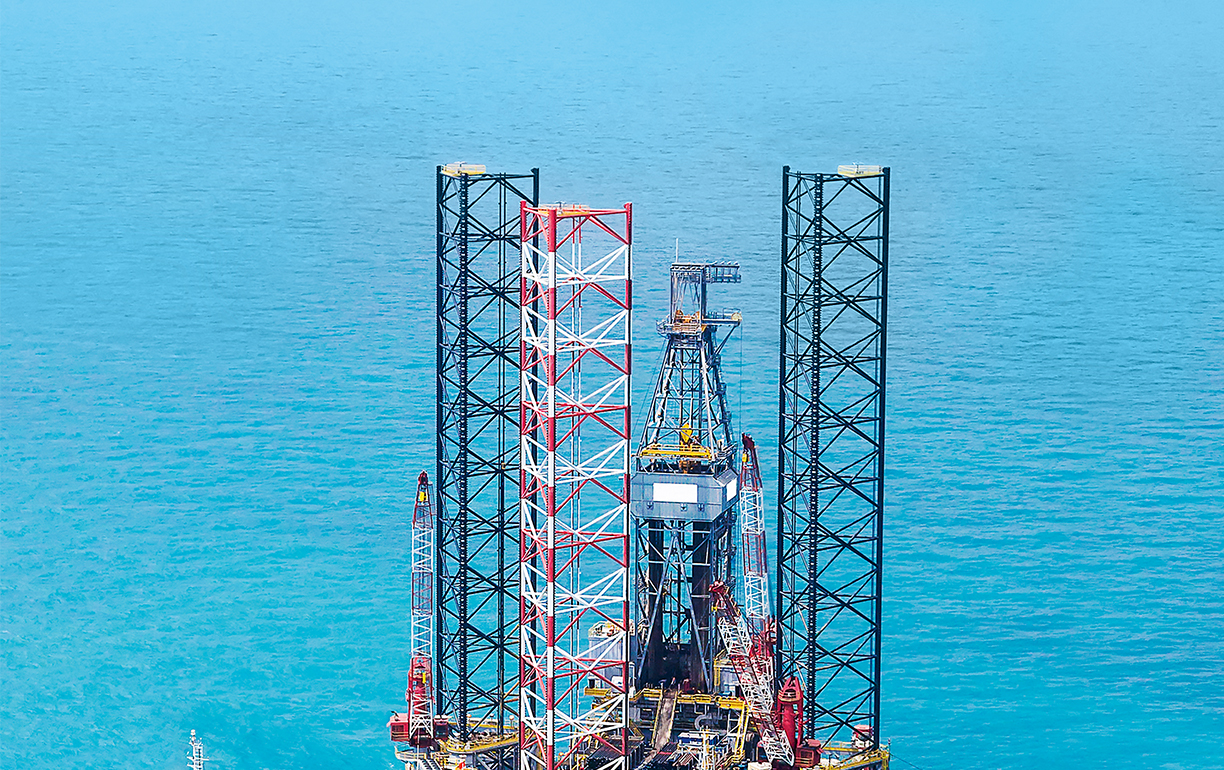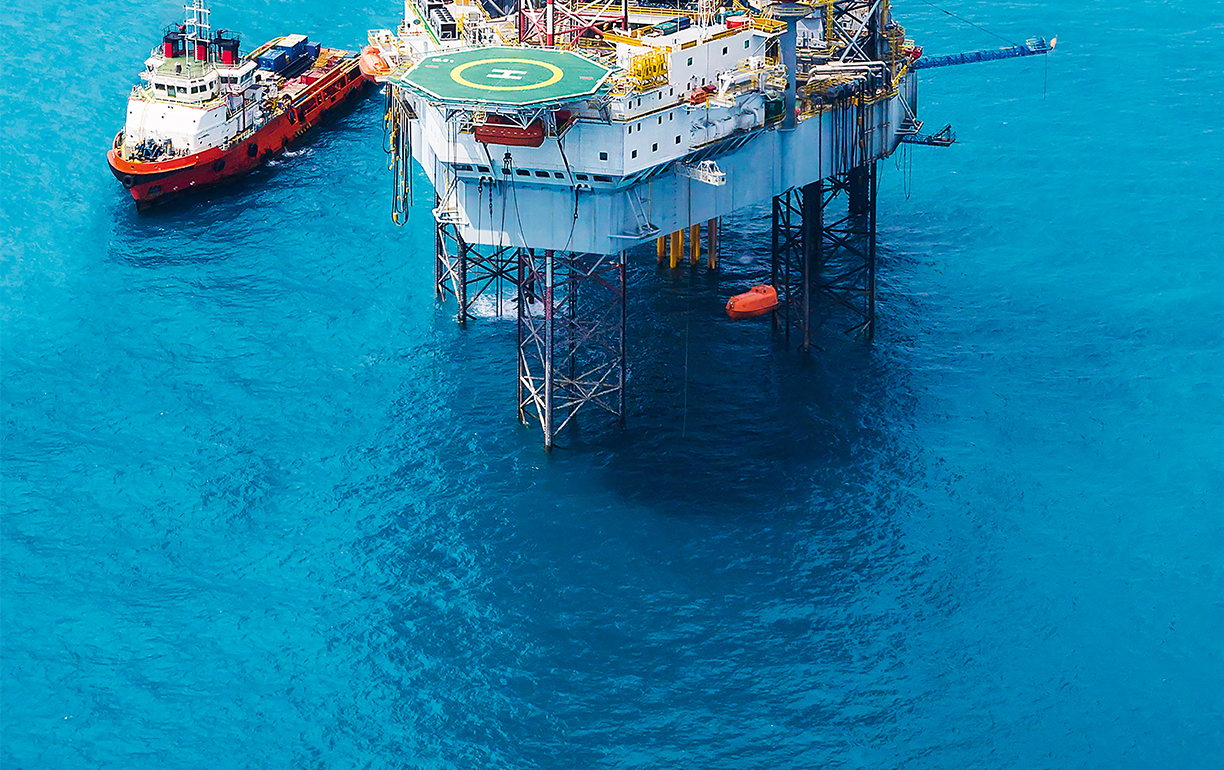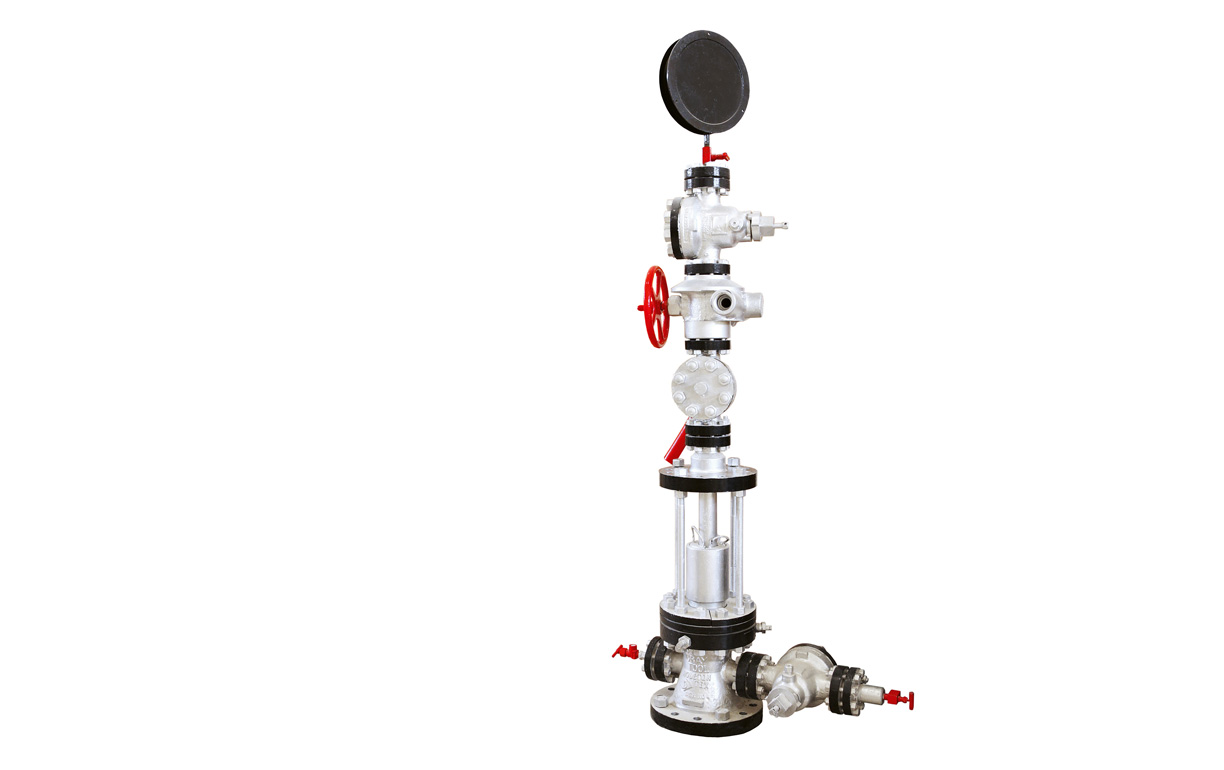
Heading for deep water!
Lufthansa Cargo carries supplies to the oil and gas platforms in the Gulf of Mexico – reliably and blindingly fast.

Oil has been produced in the Gulf of Mexico for almost 70 years now.
The very first offshore oil platform, the “Kermac Rig No. 16”, has been braving the waves some ten miles off the coast ever since 1947. Today’s modern drilling rigs can be found not only very much farther out to sea; they are also reaching ever-increasing depths. Based on the latest statistics, the oil and gas companies operating in the Gulf of Mexico are now tapping regions located about 40 percent deeper than those accessed as recently as the year 2010.
|
What they are aiming to find is a new “golden zone” that is thought to lie at a depth of about 6,100 meters. Geophysicists estimate that these deep-sea oil fields could yield up to 30,000 barrels a day. The deeper they go, the more severe the impact of temperature and pressure on the work of the deep-drilling engineers. This means that the technical equipment they use is complex, extremely rugged, and often weighing many tons. But what happens when parts need to be replaced, so that the operation can continue? “This is where we come in,” says Jon Haugen. He is the Country Manager for Lufthansa Cargo in Norway, and an expert in the logistics for the oil and gas industry. The 33-year-old explains: “Bulky and heavy spare parts are flown from Norway via Houston to the oil and gas fields in the Gulf of Mexico on board Lufthansa Cargo planes. Some of the most frequently shipped parts are the so-called Christmas trees, devices used for extracting oil and gas from existing wells, and blowout preventers, a special type of safety valve.” |
Much of this specialised equipment is manufactured in Kristiansand in Norway. “From there the valuable cargo is carried by truck to the airport in Stavanger, 230 kilometers to the north – just in time before a very specific cargo plane is scheduled to take off,” says Jon Haugen. LH8165 does a weekly roundtrip from Frankfurt via Toronto, Houston and Stavanger (SVG) and back to Frankfurt. This flight is the only direct connection between Houston, Texas, and Norway. In Frankfurt, the freight shipped as td.Pro consignment is transferred to an Airbus A380 Lufthansa passenger plane. Just under eleven hours later, the components for the oil and gas industry carried in the belly of LH440 arrive at their destination: George Bush Intercontinental Airport (IAH) in Houston, Texas. |

In total, the trip from the south coast of Norway to the Gulf of Mexico through the network of Lufthansa Cargo takes just under three days – including customs clearance in Houston. If freight needs to travel even faster, there are also the products Courier.Solutions and Emergency.Solutions. Oil and gas are among the key industries for Lufthansa Cargo. “We do about 50 percent of our airfreight exports from Norway on behalf of the oil and gas industry,” explains Jon Haugen. “The service includes a hotline on which oil and gas customers can reach us 24 hours, 365 days a year.” All with the single aim of ensuring the safe and incident-free operation of the offshore platforms – and not only those off the coast of Texas.
